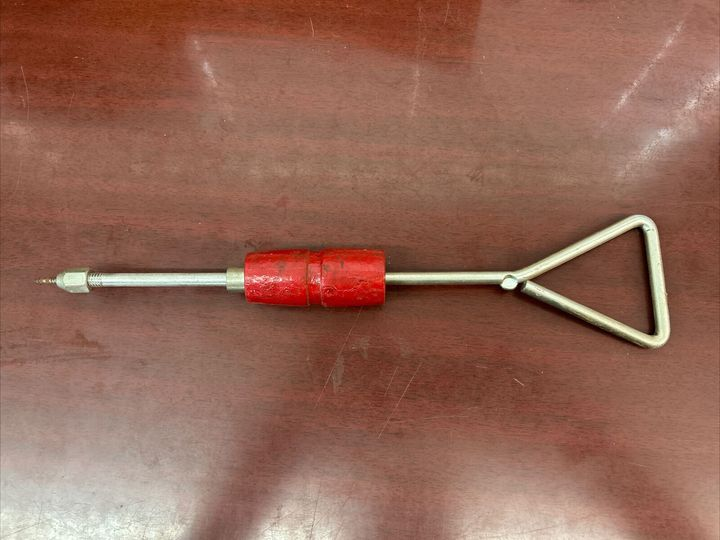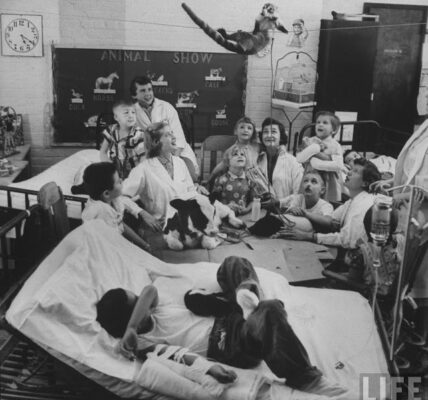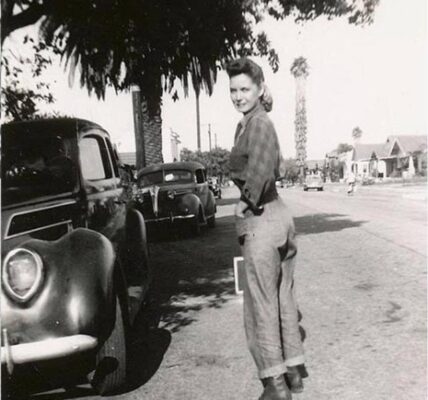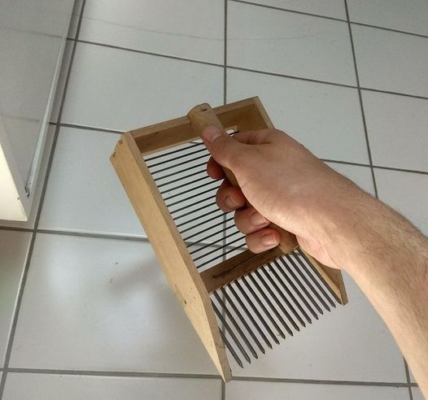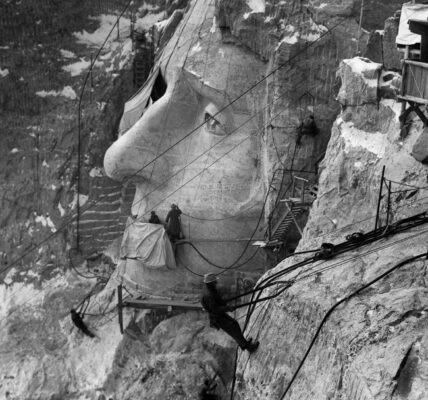Vintage dent pullers may seem like simple tools, but they represent an important chapter in the history of automotive repair. These specialized instruments were crucial in fixing dents and dings in vehicles before advanced technology revolutionized the industry. Their history, usage, and legacy offer fascinating insights into how auto body repair has evolved over the decades. Understanding the role vintage dent pullers played in the early days of automotive craftsmanship can deepen our appreciation for the progress made in the field today.
The History of Dent Pullers: From Simple Tools to Essential Equipment

In the early 20th century, as automobiles became more common, so did the need for effective vehicle repairs. Dents, often caused by minor accidents or manufacturing imperfections, were a significant problem in the early days of metal-bodied cars. Auto body repair specialists needed a solution that would allow them to fix dents without replacing entire panels or compromising the vehicle’s structural integrity.
Enter the vintage dent puller, a simple but ingenious tool designed to restore a car’s surface. Early versions of these tools appeared around the mid-20th century. They consisted of basic components such as a frame, pull rod, and either a suction cup or mechanical clamp. Unlike today’s electric or pneumatic devices, these early dent pullers were entirely manual, requiring considerable physical effort to get the job done.
The initial models were designed with minimal complexity but tremendous utility. By allowing mechanics to focus their pulling force directly on the dented area, these tools reduced the need for large-scale repairs. As automobile manufacturing advanced, so did the tools, incorporating better materials and designs to improve functionality and precision.
How Dent Pullers Were Used: Restoring Vehicle Aesthetics with Precision
The process of using a vintage dent puller was as much an art as a science. Auto body shops would employ these tools to restore a vehicle’s appearance, especially for small to moderate dents that didn’t require panel replacement. Here’s how these tools were typically used:
- Attaching the Dent Puller: Depending on the design, vintage dent pullers utilized various attachment mechanisms. Some had suction cups, while others featured mechanical clamps or glue pull systems. Once attached to the dented area, the tool would create a secure grip.
- Applying the Pulling Force: Using a combination of mechanical leverage and physical strength, the technician would apply steady pressure to pull the metal back into shape. The manual operation allowed for greater control, enabling the mechanic to fine-tune the process to achieve the desired result.
- Reshaping the Metal: As the puller was engaged, the dented area would begin to return to its original contour. This method allowed for precise repairs without damaging the surrounding paint, which was especially important in preserving a vehicle’s aesthetic.
The beauty of these vintage tools was that they could fix the dent without the need for major repairs, reducing costs and downtime for vehicle owners. Skilled technicians took pride in the work, as the tool required a deft touch and an understanding of the materials they were working with. The result was often a seamless repair that maintained the vehicle’s integrity and appearance.
The Legacy of Vintage Dent Pullers: Pioneers of Modern Automotive Repair
The legacy of vintage dent pullers is clearly visible in today’s advanced automotive repair tools. While modern technology has brought about electric, pneumatic, and even laser-based dent removal systems, the basic principles remain rooted in the functionality of those early tools. Precision, control, and the ability to work without damaging the vehicle’s paint are still the hallmarks of successful dent repair.
The evolution from manual dent pullers to today’s high-tech solutions is a testament to the innovation and craftsmanship that define the automotive industry. Modern dent repair tools, often referred to as Paintless Dent Repair (PDR) tools, use the same idea of reshaping the metal without affecting the paintwork. Although modern methods are faster and less physically demanding, they owe much of their development to the early pullers.
Moreover, vintage dent pullers are cherished by collectors and automotive enthusiasts. For some, they represent a time when manual skill and craftsmanship were at the forefront of automotive repair. These tools tell the story of how far we’ve come, yet also serve as a reminder that the core principles of good craftsmanship remain unchanged.

The Role of Craftsmanship in Dent Repair
Before modern electric tools became mainstream, fixing a dent was more about craftsmanship than technology. Technicians had to feel the metal, understand its properties, and apply just the right amount of force. Vintage dent pullers required not only technical knowledge but a high level of skill.
This craftsmanship is what makes vintage tools like dent pullers so revered. While modern tools make the job easier and faster, there is something special about using tools that demand more from their operator. For many auto body repair professionals and enthusiasts, this is where the true beauty of vintage dent pullers lies—in the satisfaction that comes from doing the work manually and achieving perfect results.
The Timeless Significance of Vintage Dent Pullers
For collectors, vintage dent pullers are more than just relics of the past. They are symbols of the ingenuity and creativity that defined early automotive repair. These tools are often sought after for their historical value, and well-preserved examples can be found in vintage tool collections, automotive museums, and even displayed as unique decor pieces in workshops.
Collectors value these tools not just for their functionality but for their place in the history of automotive repair. Owning a vintage dent puller is like holding a piece of the past, a reminder of how vehicles were repaired long before the age of automated machines.
Conclusion: A Tool That Shaped Automotive Repair
The vintage dent puller is more than just a tool—it’s a symbol of a time when craftsmanship and precision were the cornerstones of automotive repair. From its simple beginnings in the mid-20th century to its lasting impact on modern auto body repair techniques, the hand-operated dent puller has left an indelible mark on the industry. Its legacy is a testament to the creativity and problem-solving abilities of early mechanics and auto body specialists.
Today, while modern technology has transformed the industry, the principles of precision and care that defined the use of vintage dent pullers continue to shape how we repair vehicles. As we look back on the tools that helped lay the foundation for modern repairs, we gain a deeper appreciation for the progress that has been made—and for the timeless value of craftsmanship.
